7 clothes dryer mistakes to avoid at all costs
Are you making any of these 7 mistakes with your clothes dryer?
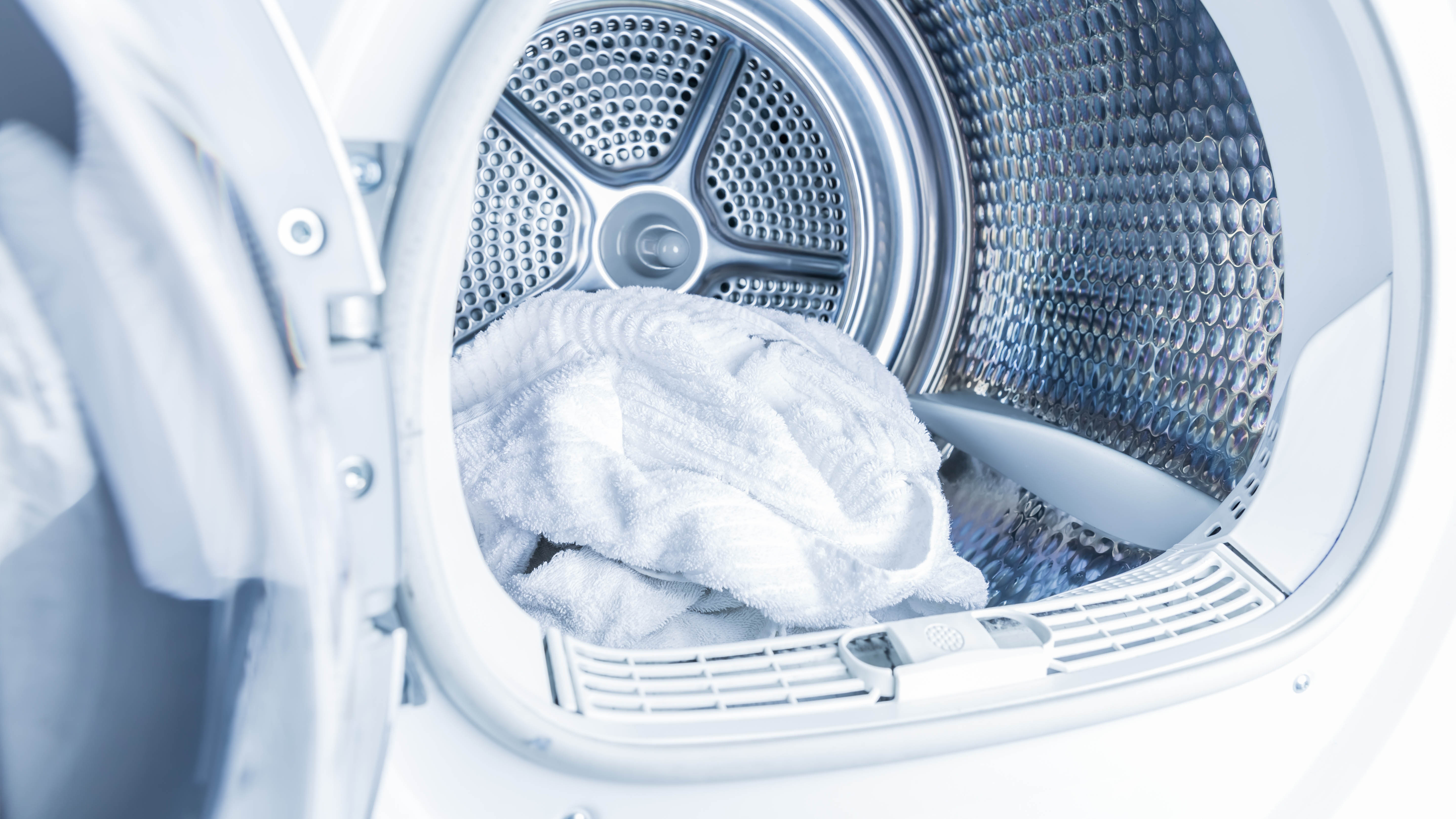
The clothes dryer is an appliance we’re all too familiar with. It provides the final step on laundry day — drying our clothes until they’re ready to store. It’s pretty convenient in use; just load your wet laundry, set the program, and you’re good to go. But, while we may use this appliance on a regular basis, did you know that there’s actually several mistakes people often make, whether they're using a gas dryer or electric?
Make any one of these mistakes, and the performance of even the best clothes dryers will suffer. You could even be damaging your appliance by picking up some of these bad habits. So if you want to help your clothes dryer last longer, here are 7 clothes dryer mistakes to avoid at all costs.
Plus, you might want to know, clothes steamer vs steam iron — which is best?
1. Not cleaning the vent
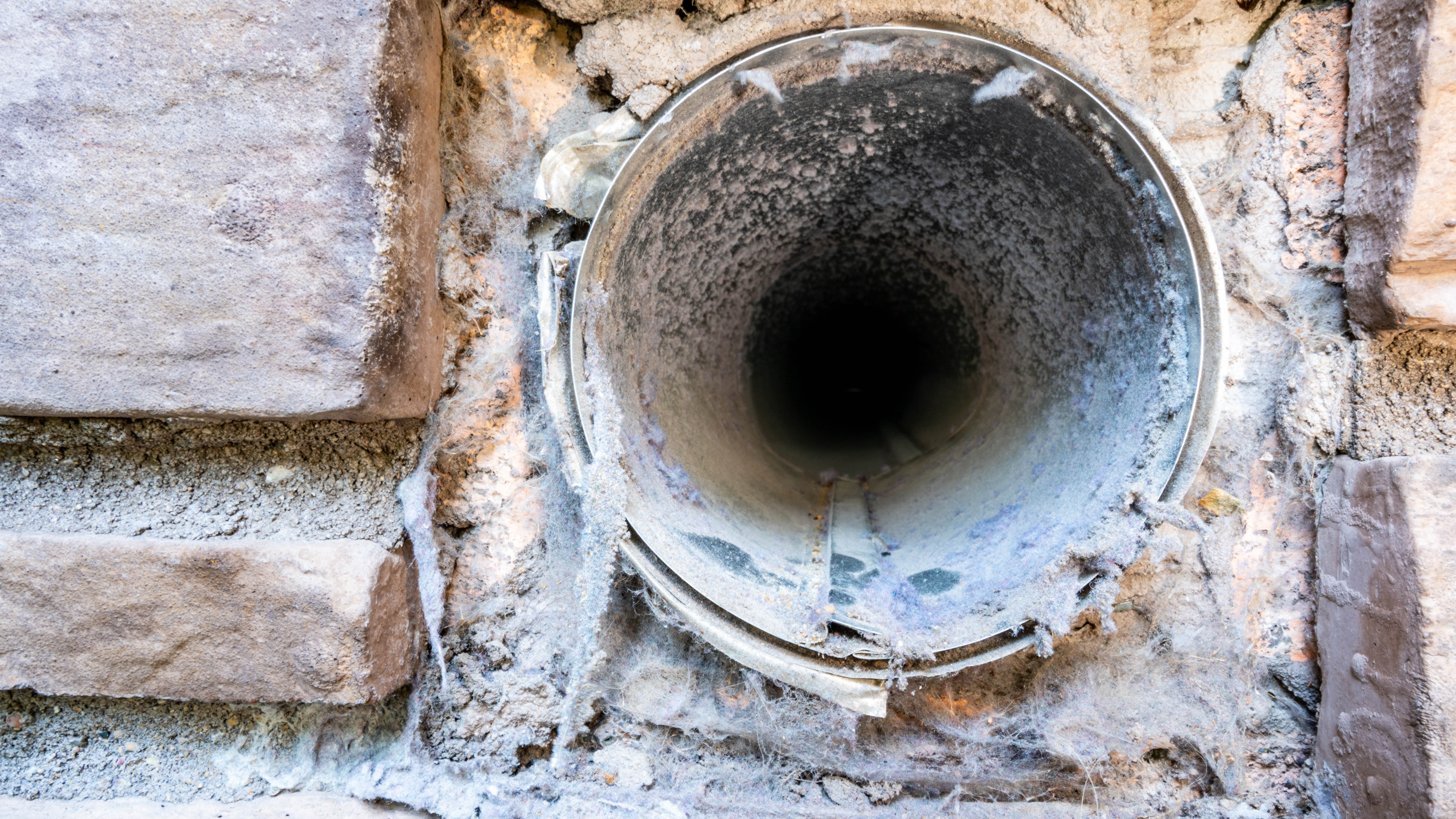
The first and most important mistake is forgetting to clean the dryer vent or duct. If you’ve got a vented clothes dryer, a vent will run from the back of the appliance to the outside. This carries the moisture that has been evaporated during the cycle and vents it from your home.
However, lint can often be carried along with this moist air, which can catch and stick in the vent. This might not sound like a major problem, but lint can gradually build up here and lead to a blockage, making it a serious fire hazard. The heat within the vent can cause the lint to combust, so it’s essential that you inspect and clean this area regularly.
We recommend cleaning your vent twice a year for guidance — here’s how to clean a dryer vent for step-by-step instructions. Some of the latest smart clothes dryers will notify you when it’s time to clean the vent to keep on top of this chore. Signs of excess lint include a burning smell, the dryer taking longer than it should, or overheating in the process. If you notice any of these, stop the cycle immediately and check the vent.
You shouldn’t forget to clean the lint trap on the machine itself as well. This will catch the majority of the lint as the air flows through to the vent, so this could also pose a fire hazard if left unchecked. It will need to be emptied every time you dry a load of laundry.
Sign up to get the BEST of Tom's Guide direct to your inbox.
Get instant access to breaking news, the hottest reviews, great deals and helpful tips.
2. Overloading
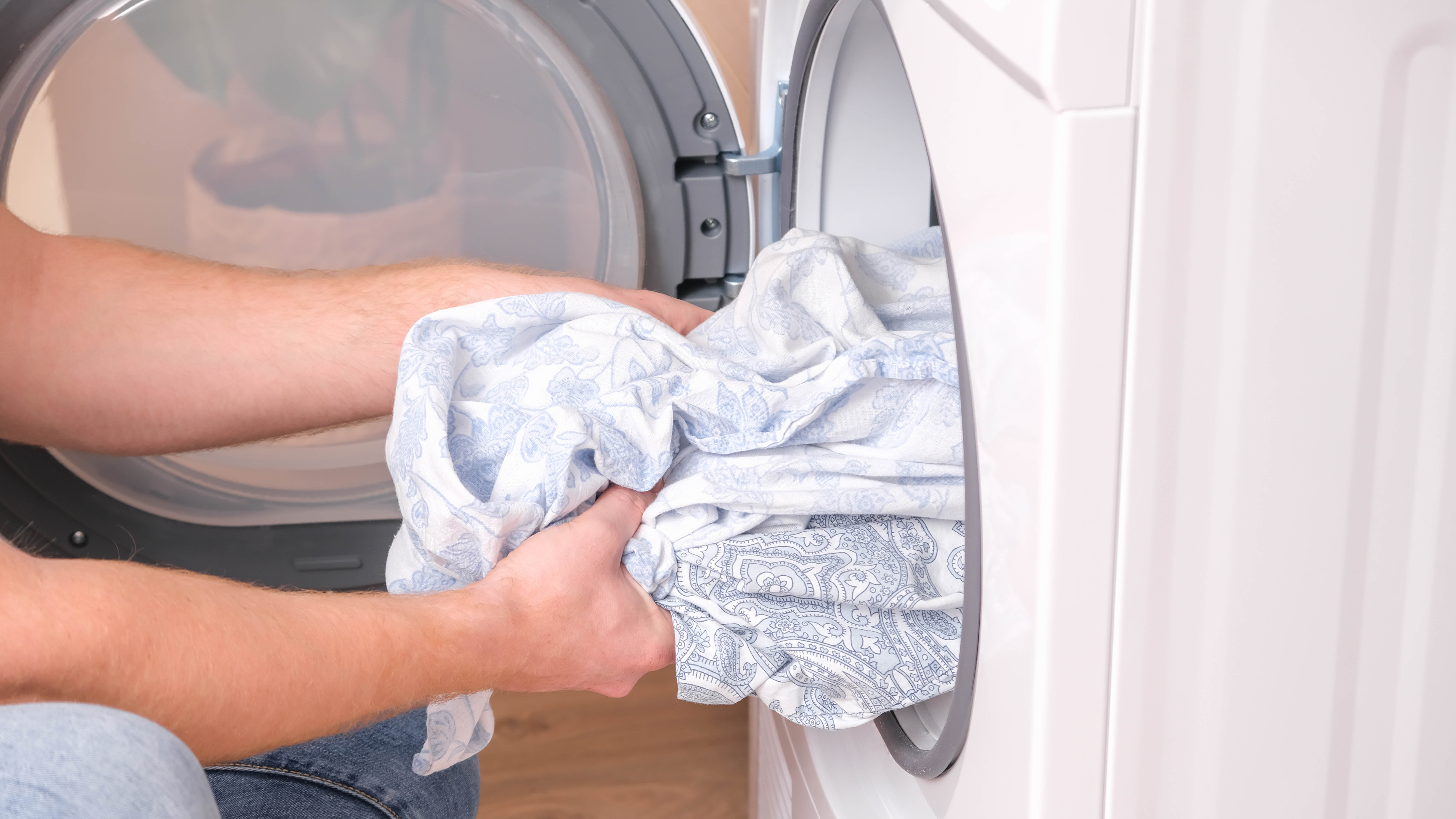
Clothes dryers tend to have a greater capacity than washing machines. This is because there needs to be excess space for the load to tumble and rotate. If your dryer has twice the capacity of your washing machine, it should fit a full load of wet laundry with ease. However, when we wash in successive batches, wet laundry can pile up quickly, particularly if you use the quick wash setting. And as clothes are washing faster than they can dry, we end up overloading the clothes dryer.
This is a mistake to avoid at all costs. An overloaded clothes dryer won’t be able to dry effectively — the clothes will be overly compacted and can’t rotate, so the hot air can’t reach the entire load. It will result in a hot wad of laundry with a wet center. By not rotating, the outside of the load could be damaged by prolonged exposure to the heat as well. On the whole, it’s a waste of energy, and you will be giving your clothes dryer a hard time in the process.
Refer to the given capacity in your user manual, and make sure you’re not exceeding this. Drying in batches will likely be faster and more effective versus one overloaded cycle. Try not to mix semi-dry items with freshly washed items as well. This can confuse the moisture sensor and lead to over-drying. Plus, it’s more difficult for you to sort through when you check the drying progress.
3. Over-drying
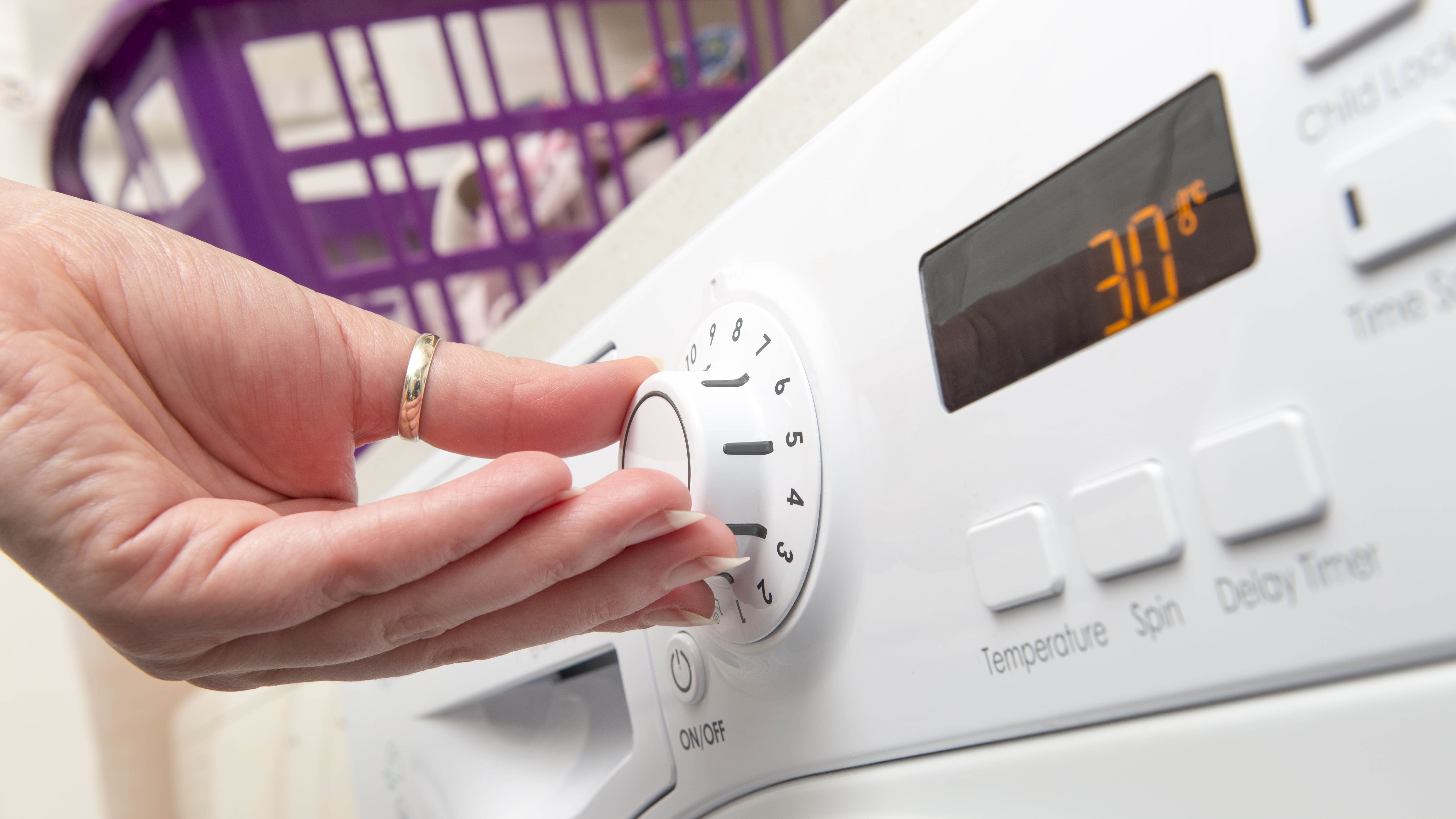
It’s all too easy to over-dry and damage items in a clothes dryer. Before you know it, your laundry has shrunk or feels 'crispy'. To avoid over-drying your laundry, make sure you’re using the most appropriate setting to suit the material. Some clothes dryers will feature dedicated settings for different loads, such as towels, bedding and delicates.
If your dryer comes with a sensor, it’s good practice to rely on this when you can. This will detect the moisture levels within the drum and adjust the remaining cycle time accordingly. This not only reduces the likelihood of damage, it saves on energy consumption as well.
Should the laundry still feel damp to the touch once the cycle has finished, we recommend shaking it and leaving it to cool before making a judgment call, especially if you’ve used a sensor setting. Once cool, you have a better feel for how damp the laundry is, and hanging it to air dry for an hour or so may be the better option versus over-drying it in the machine.
4. Forgetting about it
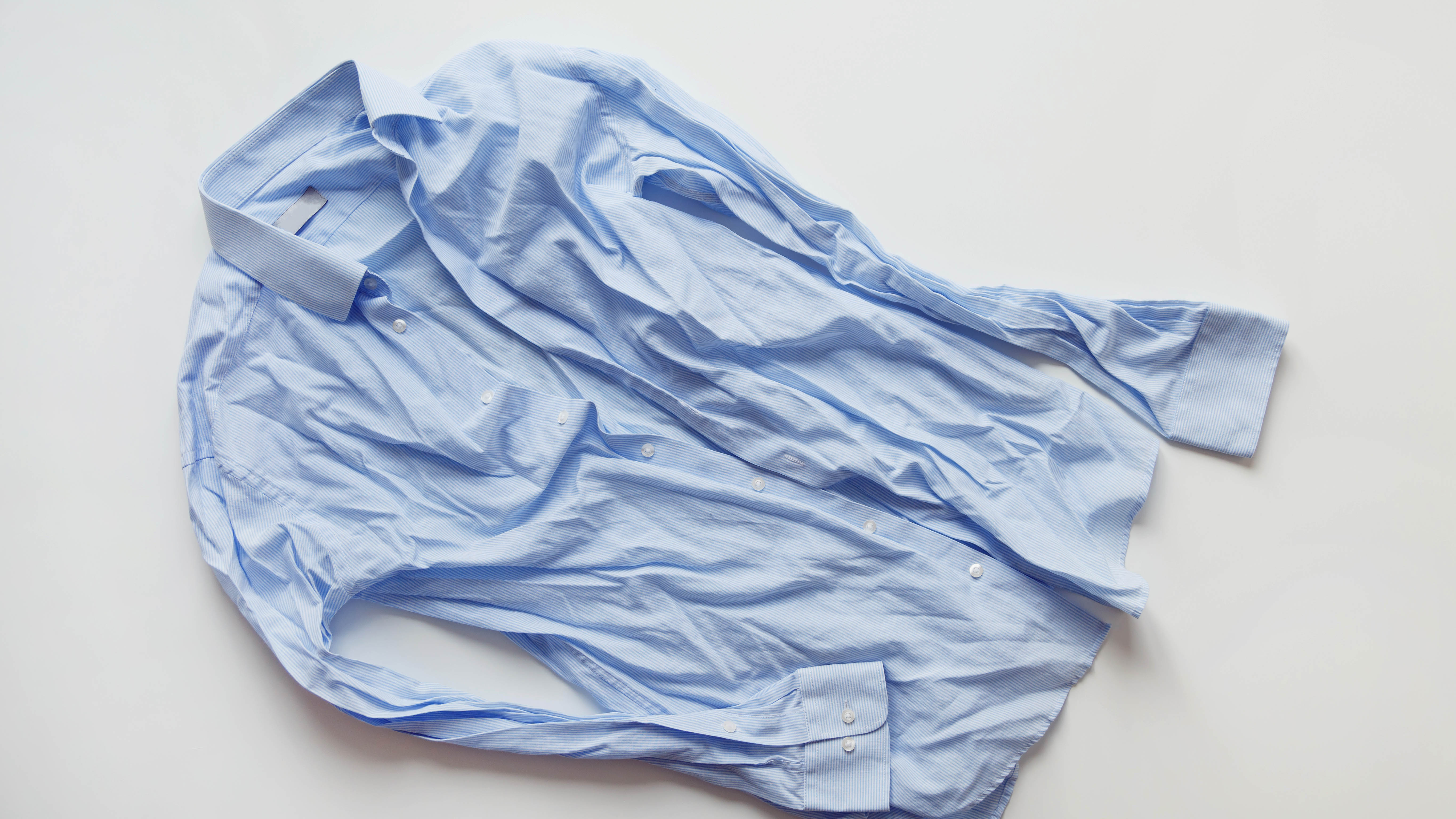
Just as it is with the best washing machines, it’s easy to forget when the clothes dryer has finished. In fact, because we assume the clothes are dry, we often think there’s no harm in leaving them to sit in there for as long as necessary. While this may seem like a reasonable assumption, you shouldn’t leave freshly dried laundry sitting in the clothes dryer.
If the load hasn’t fully dried, or it’s unevenly dried, residual moisture can encourage bacteria to grow, leading to smelly items — so you’d have to wash the load all over again. This can also encourage mold and mildew to grow in your dryer. It’s always best to empty and ventilate the machine, leaving the door open after a cycle. This way, residual moisture can escape.
Even if the load has entirely dried, leaving clothes to sit in your dryer will encourage wrinkles, so you may need to spend more time ironing as a consequence. Some machines are advanced enough that they will occasionally rotate the load once the cycle has finished to deter wrinkles. However, you should still empty it as soon as possible to ensure the laundry is thoroughly dry.
5. Overusing

While our clothes dryers are convenient appliances, to say the least, you don’t want to overuse it. Even the most efficient models consume a lot of energy, which can lead to expensive bills. Plus, running the machine endlessly won’t help its lifespan — you will end up having to replace it more regularly. Reduce your laundry levels by only washing items as often as they require. Make sure your clothes dryer is filled to its full capacity to make the most use of the space. Just don’t overload it though or you will waste the cycle.
If it’s a sunny day outside, you can skip the dryer altogether and hang the items to air dry instead. This is one of the 8 ways to ditch the clothes dryer and save on energy. Alternatively, you can always dry your clothes indoors using a clothes drying rack, such as the Amazon Basics Foldable Laundry Rack ($38.49, Amazon). Just be sure to leave the windows open to ventilate the space, otherwise this can encourage mold.
Try to space your clothes dryer cycles apart, so the machine has time to cool down between uses and is not running successively. For instance, if you wash and dry three batches of laundry a week, do these on different days to relieve the strain on the appliances.
6. Loading the wrong items
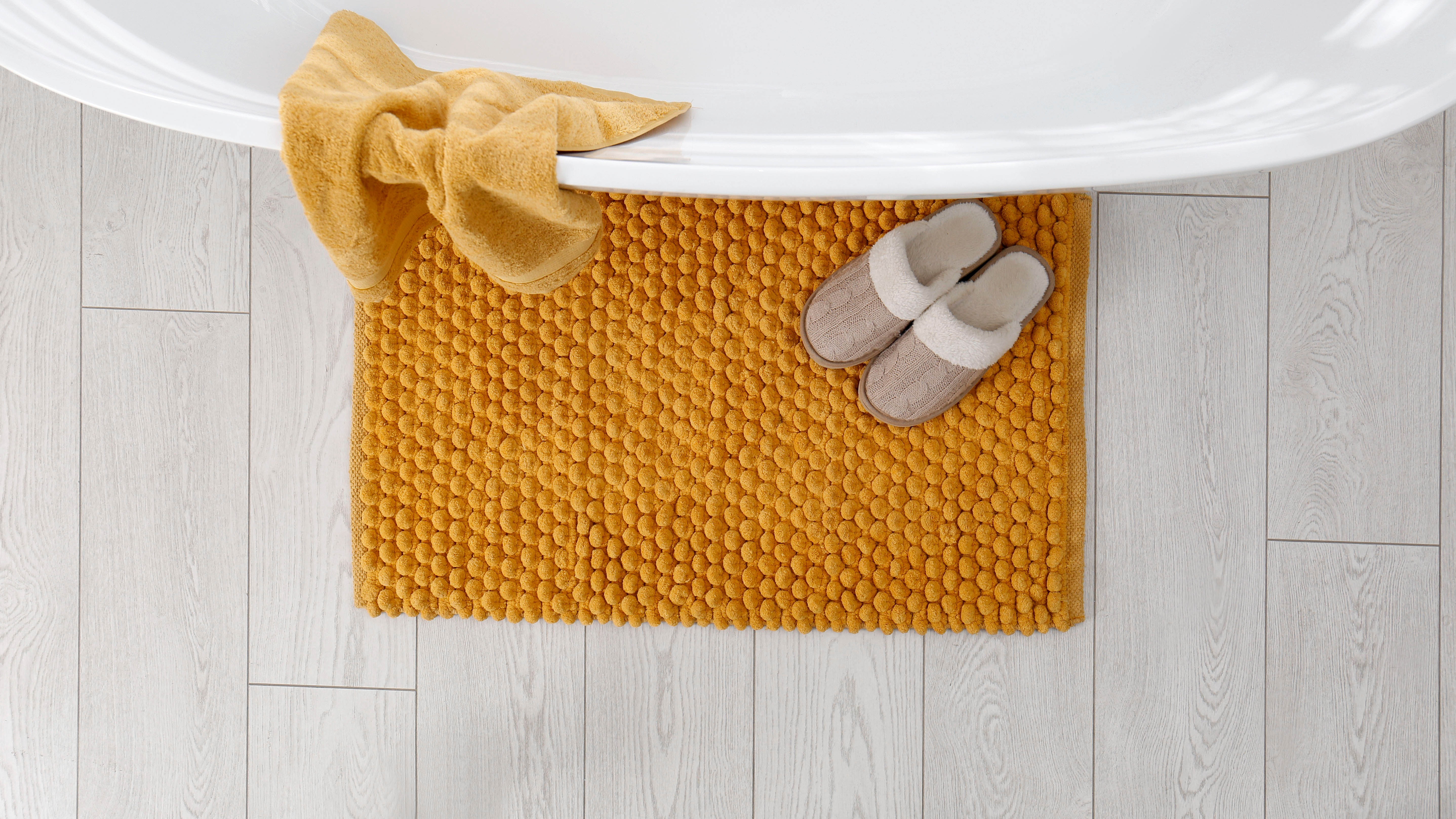
There are certain articles of clothing as well as household items which shouldn’t be dried in a clothes dryer. These things can be easily damaged in the process and some can actually damage the appliance itself. For instance, rubber-backed bath mats can be a fire hazard, while pantyhose can end up tangling around the load and causing a knot. And while tennis shoes are generally suitable for the dryer (as long as they're not professional grade), running shoes are not.
Always check the care label on any items you’re unsure about. This will indicate whether it’s suitable for the clothes dryer, and if so what temperature settings to use. If you’re still uncertain, err on the side of caution and air-dry instead.
If you’re interested to learn more, here are 10 Things you should never put in the dryer.
7. Choosing the wrong clothes dryer
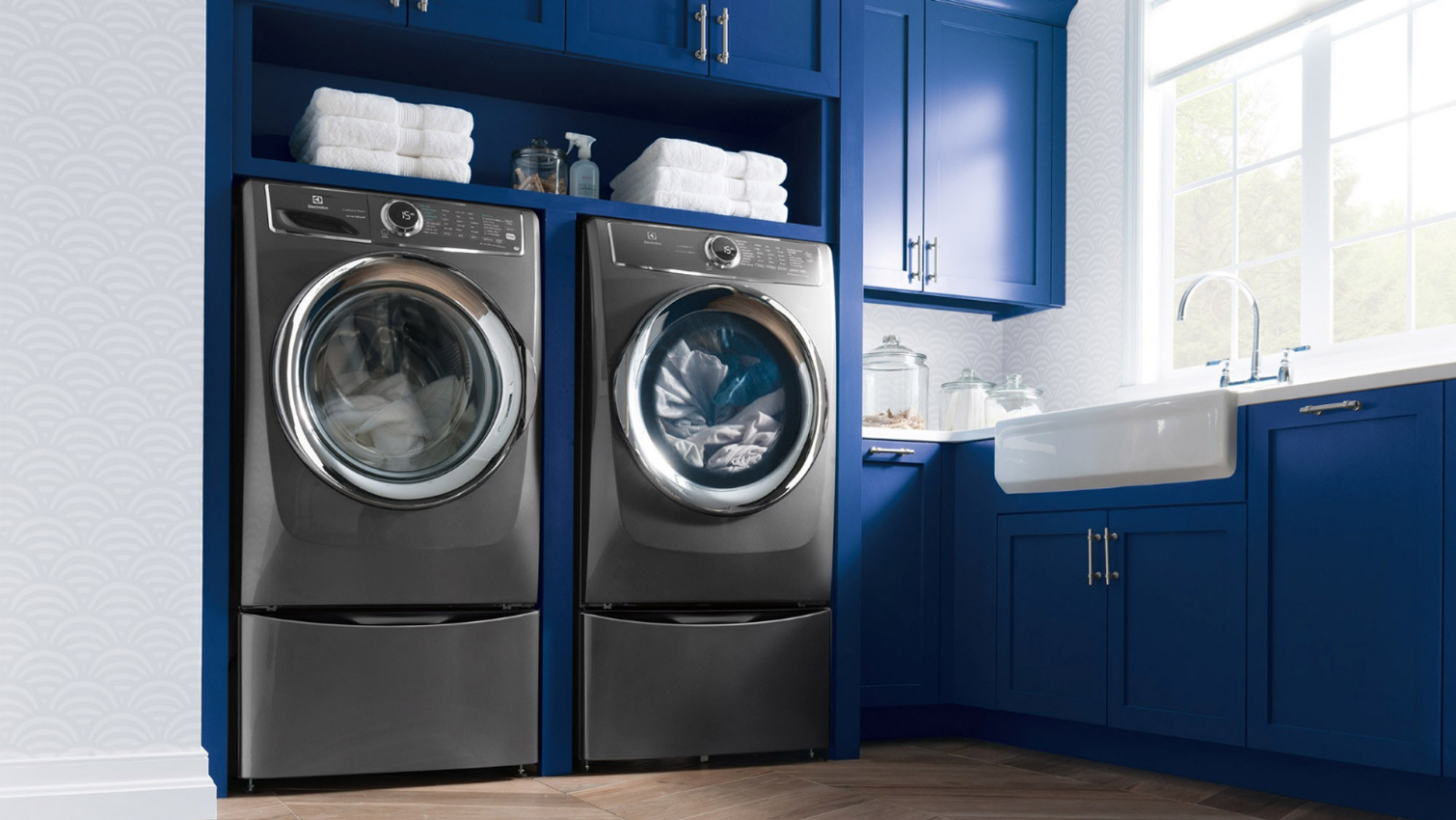
Another mistake can be choosing the wrong clothes dryer in the first place. The specifications and performance vary widely between models, and it’s easy to be overwhelmed by the options available. But, considering the cost of these appliances, and how long they’re likely to last, you want to make sure you’re choosing the right clothes dryer.
Check out our guide on 9 things to look for when buying a clothes dryer, so you can narrow down your search. We’ve also rounded up the best clothes dryers to shortlist the best options for every circumstance. Whether you’re shopping on a budget, or want a smart connected clothes dryer, we’ve got a recommendation.
More from Tom's Guide

Katie Mortram used to be a Homes Editor for Tom's Guide, where she oversaw everything from kitchen appliances to gardening tools, as well as smart home tech. Specializing in providing expert advice for cleaning and home manintenance, she now works as Household Advice Editor for Good Housekeeping.
